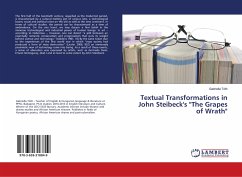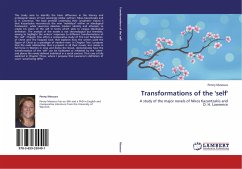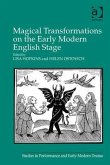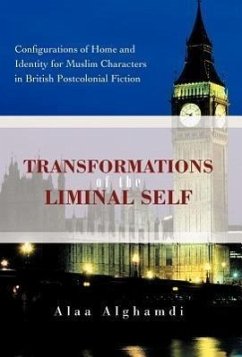The first half of the twentieth century, regarded as the modernist period, is characterised by a cultural melting pot of various isms, a technological boom, social and political crises on the old as well as the new continent. In terms of cultural studies, the period can be characterized as a time of ambivalence. On the one hand, we may discern a firm belief in the immense technological and industrial power of human beings. In art - according to Habermas -, however, one can detect "a split between an essentially romantic conservatism and progressivism that puts its weight behind science and technology." (Giddens 1981, 16) By the same token due to the experiences of the first world war in which "mass society had produced a form of mass destruction" (Lauter 2006, 852) an immensely pessimistic view of technology came into being. As a result of these events, a sense of alienation was expressed by artists, such as Gertrude Stein, Ernest Hemingway, (ibid.) and at least to some extent byJohn Steinbeck.
Bitte wählen Sie Ihr Anliegen aus.
Rechnungen
Retourenschein anfordern
Bestellstatus
Storno








